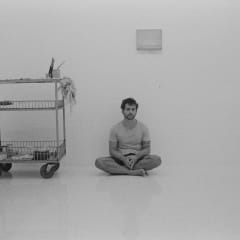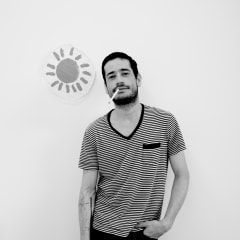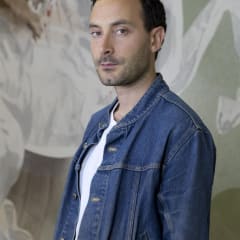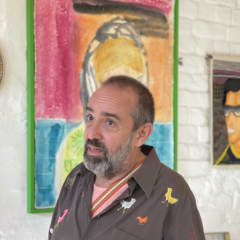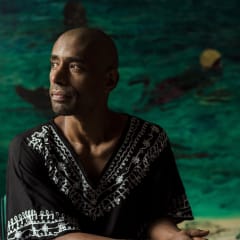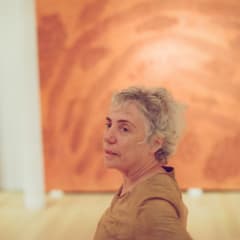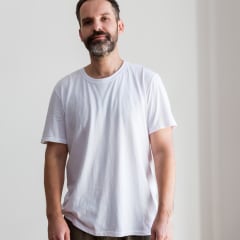Male Nudes a salon from 1800 to 2021
Mendes Wood DM is proud to present the group exhibition Male Nudity: a salon from 1800 to 2021. Intersecting representations of the male nude, the show proposes to reflect on the concepts of copy, imitation, image, time and decline.
According to conventional historiography, the first representation of nudity in the history of humankind was found at an archeological site in Austria. The Venus of Willendorf was classified as an artifact from 30,000 BCE in 1906. Historical-scientific evidence suggests that the piece originated in France and was carried by nomadic populations as a sort of fertility goddess. Jumping from the Paleolithic era to the end of modern history, the exhibition traverses several concepts and reflections on nudity, such as ordinary and essential representations in Greek and Egyptian art; the criminalization of nudity as a Christian tool of power and expansion; the Italian renaissance; responses to and imitations of the Greeks; baroque hyper-naturalism; and the vernacular gaze of contemporary photographers as proposed by Spinoza – the body as an integral and integrated part of nature.
It would be impossible to dissociate the male nude from the social and thus political representation of masculinity in our Anthropocene. In fact, this association is fundamental in any discussion about body and image. The representation of violent and absolutely distorted male superiority and the exercise of male dominance over dissident bodies have been proclaimed as “normal” or “natural” throughout history. The alleged authority of masculinity is closely linked to an idea of sex where “real” men must be sexually “potent” and exude “sexual power”. Lacking an accurate understanding of human sexuality, man considers “sex” as yet another tool of power, domination and control; therefore, representations of the male body are morally rejected, whilst representations of the female body are seen as natural beauty, and an object of ownership and consummation.
When reflecting on the representation of power as a way of oppressing language and all its possible repercussions, the male nude can be understood as a means of challenging male power through the “feminization” of the form, suggesting fragility in the language generated by the image.
This refusal of power in favor of natural beauty found fertile ground in Ancient Greece; in several observational drawings produced by the École Française du XIXème that draw on the decline of the body and show a tragic perspective of humanity; in the anatomical gaze that gives way to the transformation of the body into a product and reproduction in Warhol’s photocopied Torsos; in the vernacular recordings of youth by Larry Clark; and in the documentation of the male body’s transformations and possibilities in Fernanda Azou’s paintings of her transsexual brother.
This exhibition proposes to explore history without its own weight, without the contrived character of time weighing on the artist’s works. The absence of rules will allow a body-scale drawing by Picabia to interact with Solange Pessoa’s erotic drawings that evoke images found in Brazilian archeological sites. While intersecting Mapplethorpe’s male body adoration and Wilhelm Von Gloeden’s mythological narratives, the show also converges the perspective of Tarsila do Amaral and Eliseu Visconti as modern observers of form.
These works are presented as constellations of bodies present in art, bringing together, in a reference to the Salon des Refusés of 1787, a representation of the body that evokes a game of imitation inherent to artistic practice, both in its moral aspect and as a language tool, fully exposing the fragilities of the portrayed body, its impossibility, beauty and temporality.
-
 Ecole Française vers 1920, Les gymnastes
Ecole Française vers 1920, Les gymnastes -
 Ecole Française vers 1940, Tatouages
Ecole Française vers 1940, Tatouages -
 Soufiane Ababri, Bedwork , 2020
Soufiane Ababri, Bedwork , 2020 -
![Mark Beard, [Bruce Sargeant (1898-1938)] The Locker Room](data:image/gif;base64,R0lGODlhAQABAIAAAAAAAP///yH5BAEAAAAALAAAAAABAAEAAAIBRAA7) Mark Beard, [Bruce Sargeant (1898-1938)] The Locker Room
Mark Beard, [Bruce Sargeant (1898-1938)] The Locker Room -
 Eugène Bourgouin, Nu accroupi
Eugène Bourgouin, Nu accroupi -
 Athos Bulcão, Sem título, 1981
Athos Bulcão, Sem título, 1981 -
 James Lee Byars, Untitled (Letter from James Lee Byars to Jim Butler), unknown year
James Lee Byars, Untitled (Letter from James Lee Byars to Jim Butler), unknown year -
 Jean-Daniel Cadinot, Stop n°11
Jean-Daniel Cadinot, Stop n°11 -
 Joseph Caprio, Jeans et cigarettes, 1983
Joseph Caprio, Jeans et cigarettes, 1983 -
 Raymond Carrance, Nu allongé, 1960
Raymond Carrance, Nu allongé, 1960 -
 Raymond Carrance, Nu, 1960
Raymond Carrance, Nu, 1960 -
 Raymond Carrance, Nu assis, ca. 1960
Raymond Carrance, Nu assis, ca. 1960 -
 Flávio de Resende Carvalho, Nu masculino, 1957
Flávio de Resende Carvalho, Nu masculino, 1957 -
 Matheus Chiaratti, A Lover's Cock and Other Gay Poems, 2020
Matheus Chiaratti, A Lover's Cock and Other Gay Poems, 2020 -
 Ugo Cipriani, Coxswain
Ugo Cipriani, Coxswain -
 Larry Clark, Untitled
Larry Clark, Untitled -
 Jean Cocteau, Carte de vœux, 1953
Jean Cocteau, Carte de vœux, 1953 -
 Corbeau, Jean Marais dans les parents terribles, 1948
Corbeau, Jean Marais dans les parents terribles, 1948 -
 Adriano Costa, me atirei no pau do gato, 2021
Adriano Costa, me atirei no pau do gato, 2021 -
 Adriano Costa, Hamurabi, 2015
Adriano Costa, Hamurabi, 2015 -
 Fernando Marques Penteado, Quarteto 02, 2013
Fernando Marques Penteado, Quarteto 02, 2013 -
 Fernando Marques Penteado, Boquete mediterrâneo, da série Wedgwood erótica, 2009
Fernando Marques Penteado, Boquete mediterrâneo, da série Wedgwood erótica, 2009 -
 Tom of Finland, Leather Jackets
Tom of Finland, Leather Jackets -
 Tom of Finland, Trio
Tom of Finland, Trio -
 Agence Fulgur, Les pompiers à l'entraînement, 1940
Agence Fulgur, Les pompiers à l'entraînement, 1940 -
 Léon Galand, Narcissus, 1890
Léon Galand, Narcissus, 1890 -
 Luc Geslin, Nude, ca. 1960
Luc Geslin, Nude, ca. 1960 -
 Daniel Dewar & Grégory Gicquel, Oak relief with body fragments, 2019
Daniel Dewar & Grégory Gicquel, Oak relief with body fragments, 2019 -
 Bruno Giorgi, Nu masculino, década de 40
Bruno Giorgi, Nu masculino, década de 40 -
 Wilhelm Von Gloeden, Virgil with Lilies, ca. 1900
Wilhelm Von Gloeden, Virgil with Lilies, ca. 1900 -
 Alair Gomes, Untitled, from the Symphony of Erotic Icons series, 1966-1978
Alair Gomes, Untitled, from the Symphony of Erotic Icons series, 1966-1978 -
 José Fiuza Guimarães, Academia (nu masculino), n.d.
José Fiuza Guimarães, Academia (nu masculino), n.d. -
 José Fiuza Guimarães, Academia (nu masculino), 1889
José Fiuza Guimarães, Academia (nu masculino), 1889 -
 Antonio Manuel, Corpobra (Bodywork), 1970
Antonio Manuel, Corpobra (Bodywork), 1970 -
 Francisco Hurtz, Humilhados (serão exaltados), 2012
Francisco Hurtz, Humilhados (serão exaltados), 2012 -
 Francisco Hurtz, Fim de tarde, 2019
Francisco Hurtz, Fim de tarde, 2019 -
 Daniel Lannes, Tok Stok, 2021
Daniel Lannes, Tok Stok, 2021 -
 Daniel Lannes, O Adulto, 2021
Daniel Lannes, O Adulto, 2021 -
 Xie Lei, Continent, 2020
Xie Lei, Continent, 2020 -
 Xie Lei, Mare, 2020
Xie Lei, Mare, 2020 -
 Patricia Leite, Tapete voador, 2021
Patricia Leite, Tapete voador, 2021 -
 Fernanda Azou Lima, Trabalhe com o que vc gosta e nunca mais gostará de nada (Homenagem ao meu irmão), 2019
Fernanda Azou Lima, Trabalhe com o que vc gosta e nunca mais gostará de nada (Homenagem ao meu irmão), 2019 -
 Robert Mapplethorpe, Alistair Butler, 1980
Robert Mapplethorpe, Alistair Butler, 1980 -
 McDermott & McGough, The Spirit of the Hustler, 2003
McDermott & McGough, The Spirit of the Hustler, 2003 -
 Daniel Correa Mejía, El agua que somos (The water we are), 2020
Daniel Correa Mejía, El agua que somos (The water we are), 2020 -
 Daniel Correa Mejía, Tú en mí (You in me), 2020
Daniel Correa Mejía, Tú en mí (You in me), 2020 -
 Daniel Correa Mejía, El caminante (The stroller), 2020
Daniel Correa Mejía, El caminante (The stroller), 2020 -
 Pierre Molinier, Untitled, from the series "Mon Cul”, n.d.
Pierre Molinier, Untitled, from the series "Mon Cul”, n.d. -
 Pierre Molinier, Untitled, from the series "Mon Cul”, n.d.
Pierre Molinier, Untitled, from the series "Mon Cul”, n.d. -
 Pierre Paul Montagnac, La Danse, 1936
Pierre Paul Montagnac, La Danse, 1936 -
 Shota Nakamura, Untitled, 2020
Shota Nakamura, Untitled, 2020 -
 Shota Nakamura, a sleeping guy in meadow (yellow), 2021
Shota Nakamura, a sleeping guy in meadow (yellow), 2021 -
![Paulo Nazareth, sem título [homem nu] auto-retrato, 2002](data:image/gif;base64,R0lGODlhAQABAIAAAAAAAP///yH5BAEAAAAALAAAAAABAAEAAAIBRAA7) Paulo Nazareth, sem título [homem nu] auto-retrato, 2002
Paulo Nazareth, sem título [homem nu] auto-retrato, 2002 -
 Paulo Nazareth, ABOUT AN OLD SOCITY (SOBRE A VELHA SOCIEDADE)
Paulo Nazareth, ABOUT AN OLD SOCITY (SOBRE A VELHA SOCIEDADE) -
 Paulo Nazareth, ABOUT A NEW TIME (SOBRE UM TEMPO NOVO)
Paulo Nazareth, ABOUT A NEW TIME (SOBRE UM TEMPO NOVO) -
 Ismael Nery, Figura, n.d.
Ismael Nery, Figura, n.d. -
 Ismael Nery, Casal Nú, 1929
Ismael Nery, Casal Nú, 1929 -
 Antonio Obá, Sem título, 2018
Antonio Obá, Sem título, 2018 -
 PaJaMa, Jack Fontan, 1940
PaJaMa, Jack Fontan, 1940 -
 PaJaMa, Glenway Wescott, 1940
PaJaMa, Glenway Wescott, 1940 -
 PaJaMa, Jared French, 1940
PaJaMa, Jared French, 1940 -
 Rodolpho Parigi, Untitled, 2021
Rodolpho Parigi, Untitled, 2021 -
 Wallace Pato, De Cartola e Noel Rosa a Jorge pimentão e família., da série Alto Subúrbio, 2021
Wallace Pato, De Cartola e Noel Rosa a Jorge pimentão e família., da série Alto Subúrbio, 2021 -
 Solange Pessoa, Estudos para esculturas - penianas, 2011
Solange Pessoa, Estudos para esculturas - penianas, 2011 -
 Francis Picabia, Grossir une cellule jusqu'à des dimensions géantes..., 1931
Francis Picabia, Grossir une cellule jusqu'à des dimensions géantes..., 1931 -
 Jack Pierson, Miguel Basil , 2014
Jack Pierson, Miguel Basil , 2014 -
 Jack Pierson, (to be titled), 2021
Jack Pierson, (to be titled), 2021 -
 Guglielmo von Plüschow, Jeune homme sur une peau de léopard, ca. 1890
Guglielmo von Plüschow, Jeune homme sur une peau de léopard, ca. 1890 -
 Martine Riviere, Nude, 1990
Martine Riviere, Nude, 1990 -
 Luiz Roque, Ex, 2014/2021
Luiz Roque, Ex, 2014/2021 -
 Thomaz Rosa, Não fique bravo | Don't be mad, 2021
Thomaz Rosa, Não fique bravo | Don't be mad, 2021 -
 Johann Moritz Rugendas, Índios, n.d.
Johann Moritz Rugendas, Índios, n.d. -
 Patrick Safarti, Athletes, Benfica Stadium Lisbon
Patrick Safarti, Athletes, Benfica Stadium Lisbon -
 Osmar Schindler, Zweigespräch
Osmar Schindler, Zweigespräch -
 Sascha Schneider, The Geniuses of History
Sascha Schneider, The Geniuses of History -
 Paula Siebra, Nu na rede, 2020
Paula Siebra, Nu na rede, 2020 -
 Gustavo Silvamaral, 2 Padrãozin, 2021
Gustavo Silvamaral, 2 Padrãozin, 2021 -
 Sarah Lucas and Julian Simmons, EGG MASSAGE, 2015
Sarah Lucas and Julian Simmons, EGG MASSAGE, 2015 -
 Wolfgang Tillmans, Triangulation, 2017
Wolfgang Tillmans, Triangulation, 2017 -
 Unknown, Bas-Relief Fragment of a Sarcophagus, Late antiquity, 3rd - 6th century a.d.
Unknown, Bas-Relief Fragment of a Sarcophagus, Late antiquity, 3rd - 6th century a.d. -
 Erika Verzutti, Scale Drawing/Desenho em Escala, 2011
Erika Verzutti, Scale Drawing/Desenho em Escala, 2011 -
 Eliseu Visconti, Untitled , n.d.
Eliseu Visconti, Untitled , n.d. -
 Eliseu Visconti, Nu masculino, n.d.
Eliseu Visconti, Nu masculino, n.d. -
 Eliseu Visconti, Nu masculino, n.d.
Eliseu Visconti, Nu masculino, n.d. -
 Andy Warhol, Torso
Andy Warhol, Torso -
 Bruce Weber, Untitled, 1984
Bruce Weber, Untitled, 1984 -
 Bruce Weber, Untitled, 1984
Bruce Weber, Untitled, 1984 -
 Maya Weishof, o viam diferente do que ele próprio se via, 2020
Maya Weishof, o viam diferente do que ele próprio se via, 2020 -
![C.J. Wielhorski, [after Charles Sellier] The death of Abel, 1811](data:image/gif;base64,R0lGODlhAQABAIAAAAAAAP///yH5BAEAAAAALAAAAAABAAEAAAIBRAA7) C.J. Wielhorski, [after Charles Sellier] The death of Abel, 1811
C.J. Wielhorski, [after Charles Sellier] The death of Abel, 1811 -
 Ecole française du XIXème, Nu allongé
Ecole française du XIXème, Nu allongé -
 Matthew Lutz-Kinoy, La Phalène, 2021
Matthew Lutz-Kinoy, La Phalène, 2021




![Mark Beard, [Bruce Sargeant (1898-1938)] The Locker Room](https://artlogic-res.cloudinary.com/w_600,c_limit,f_auto,fl_lossy,q_auto,dpr_auto/artlogicstorage/mendeswooddm/images/view/7db42084b22be9f1f44eb883beb16fb7j/mendeswooddm-mark-beard-bruce-sargeant-1898-1938-the-locker-room.jpg)









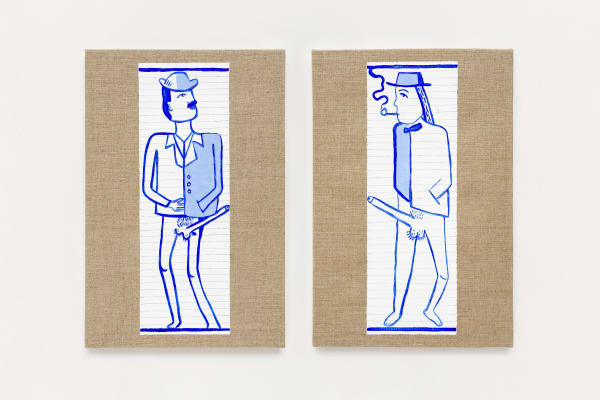
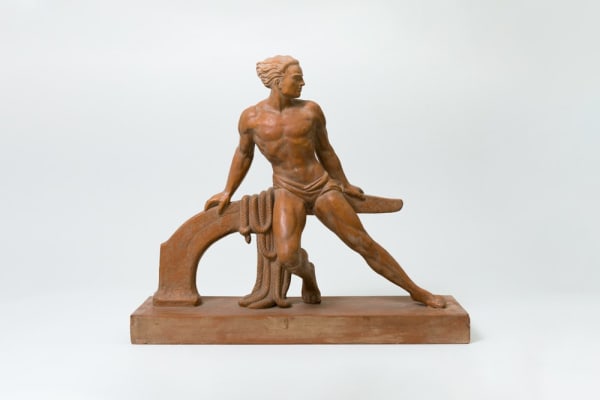












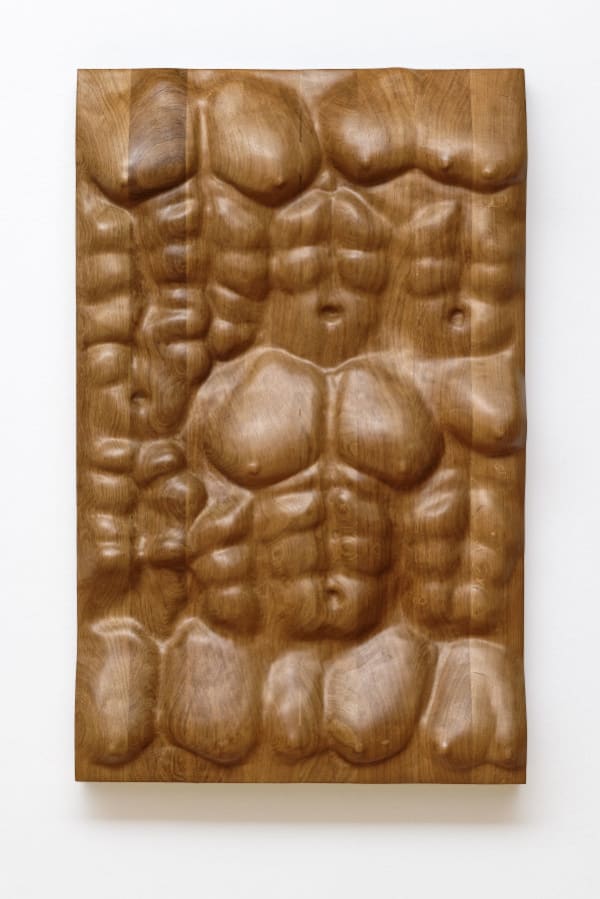





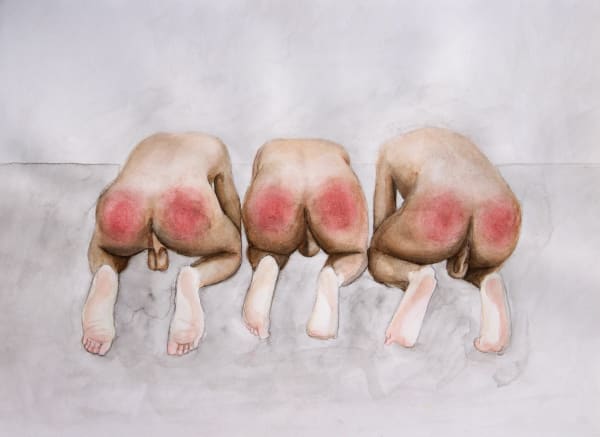








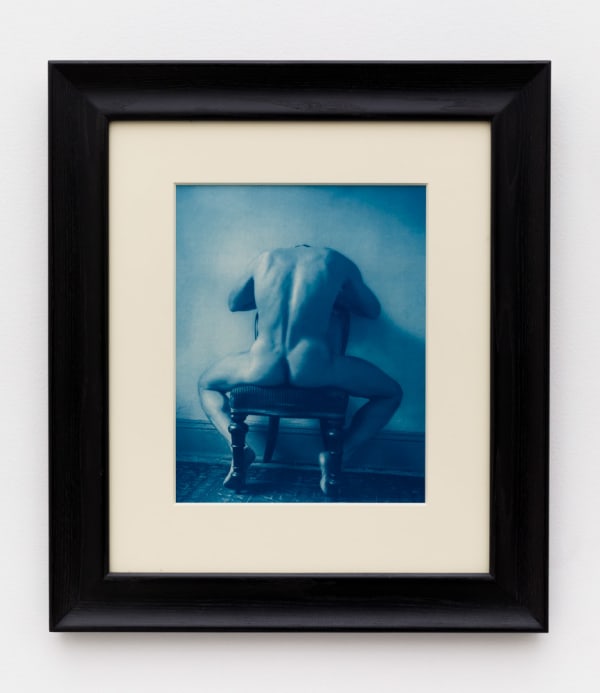



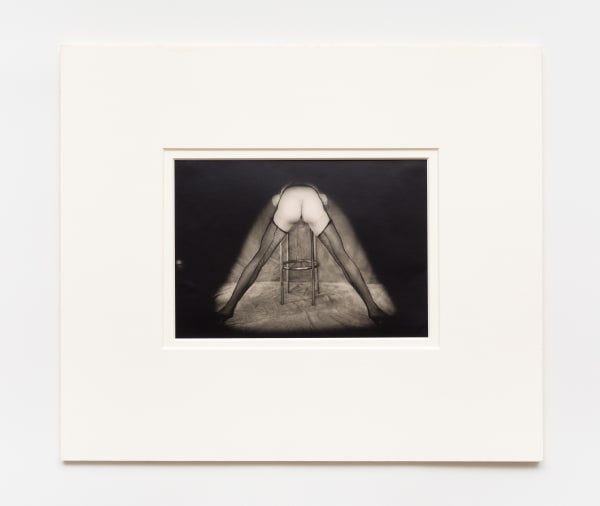

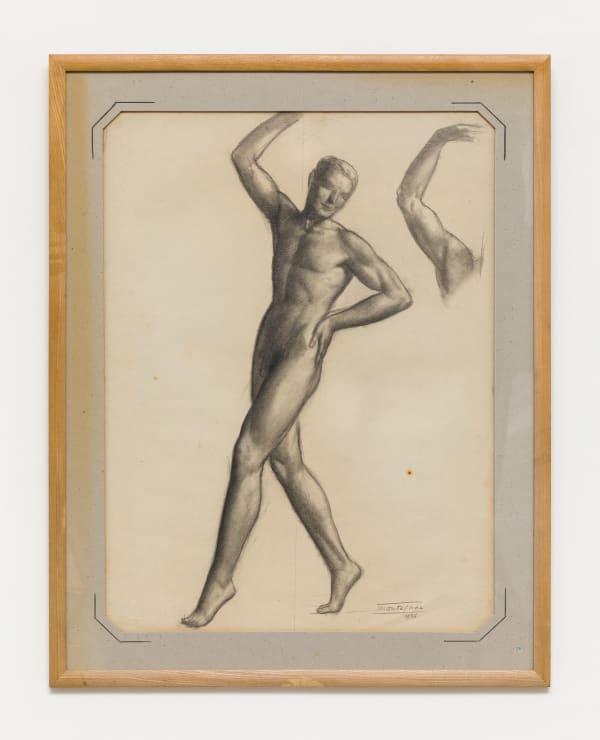

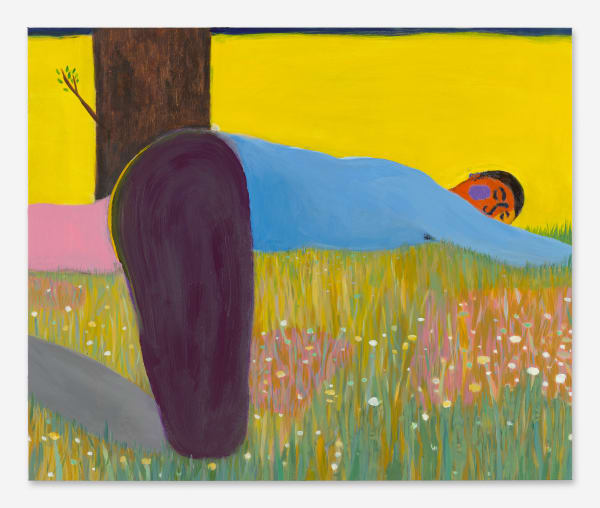
![Paulo Nazareth, sem título [homem nu] auto-retrato, 2002](https://artlogic-res.cloudinary.com/w_600,c_limit,f_auto,fl_lossy,q_auto,dpr_auto/artlogicstorage/mendeswooddm/images/view/1102bce8d0f7e0d724014e1fee777971p/mendeswooddm-paulo-nazareth-sem-t-tulo-homem-nu-auto-retrato-2002.png)
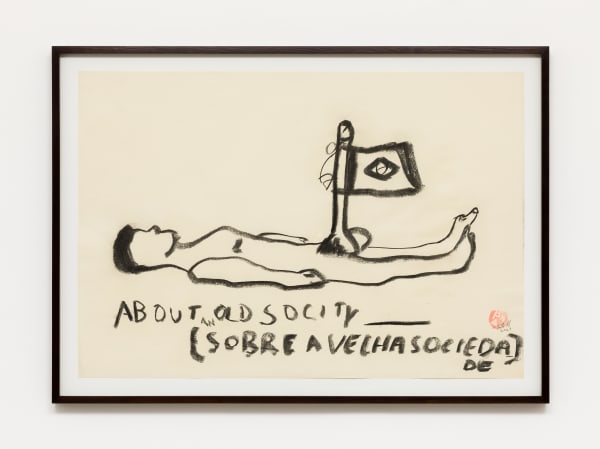


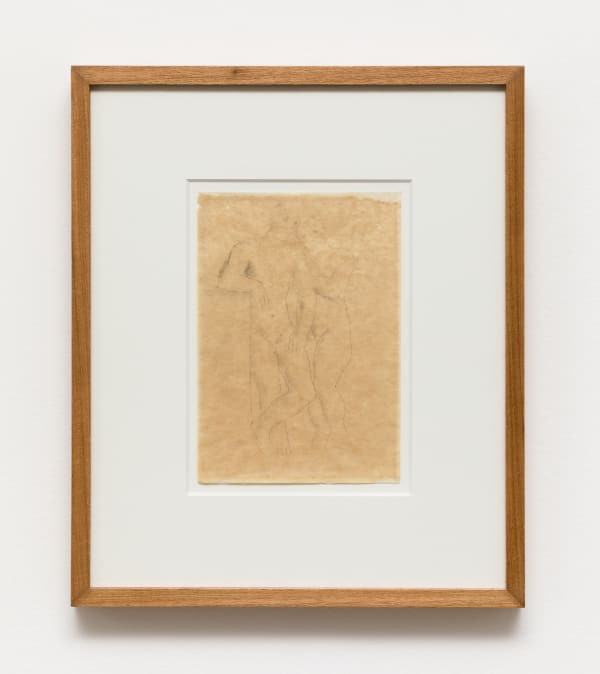









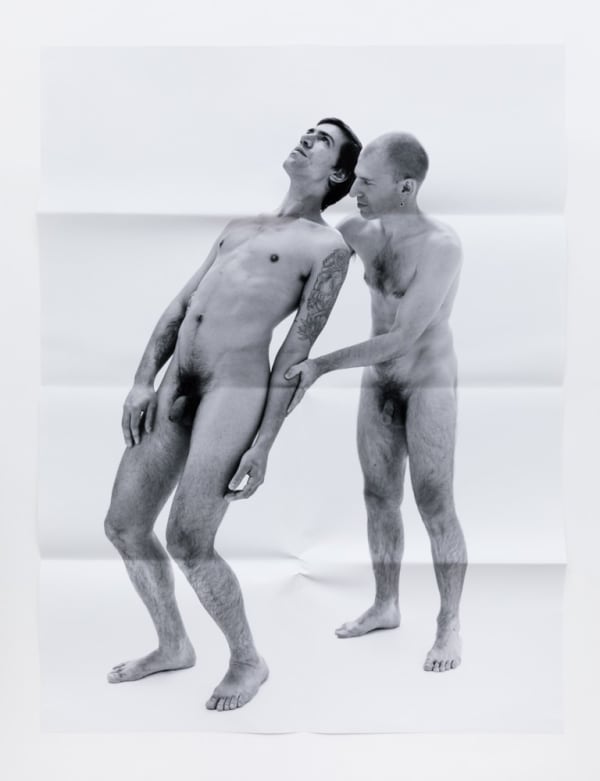
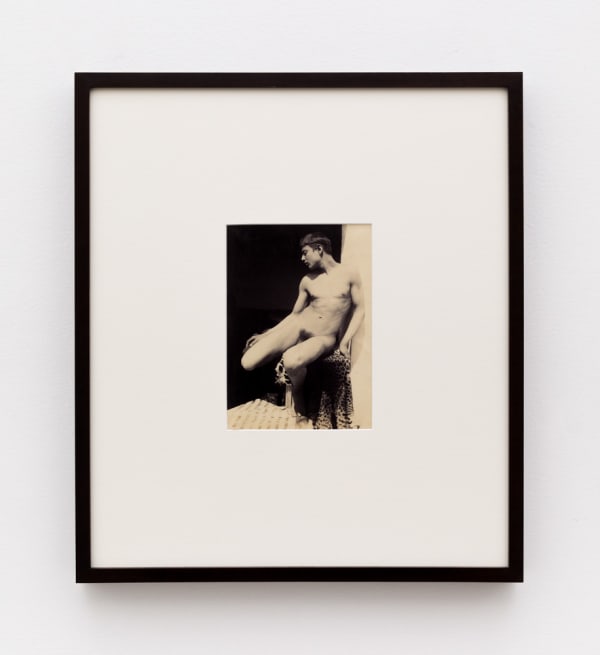



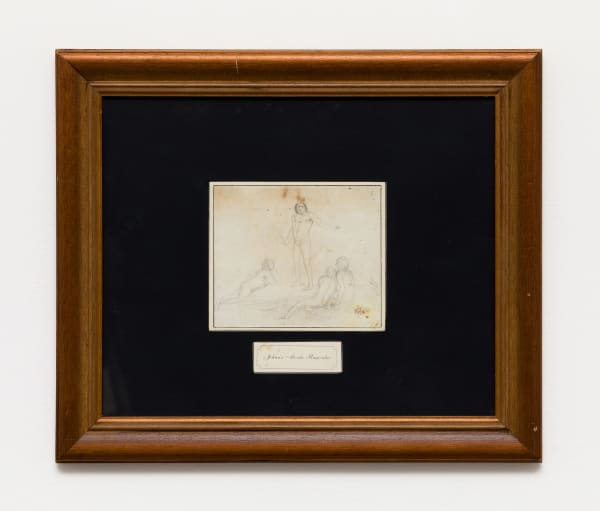


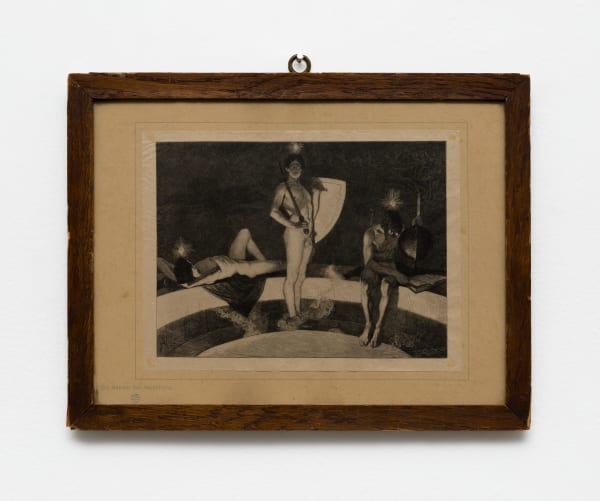

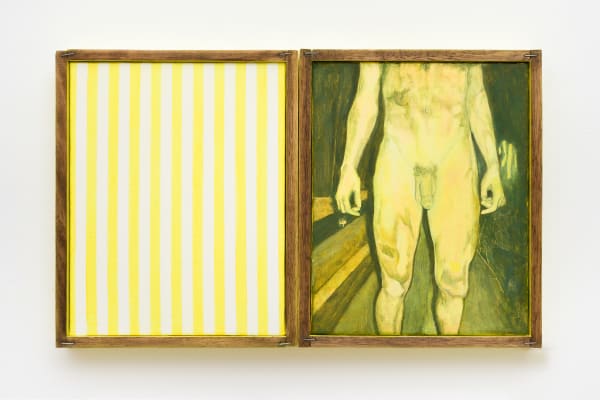




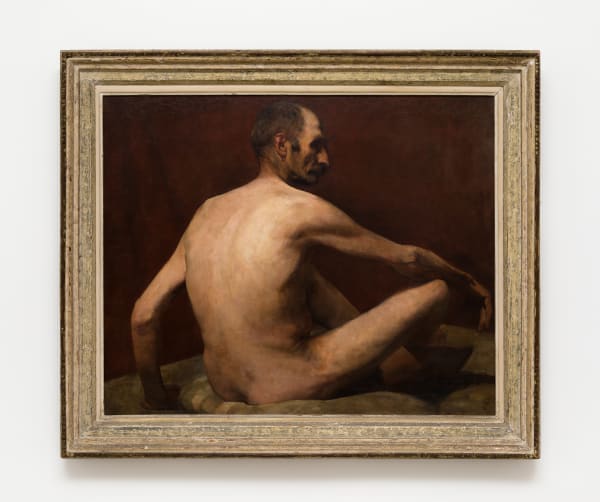





![C.J. Wielhorski, [after Charles Sellier] The death of Abel, 1811](https://artlogic-res.cloudinary.com/w_600,c_limit,f_auto,fl_lossy,q_auto,dpr_auto/artlogicstorage/mendeswooddm/images/view/bb9e36ee6a66c013a686357673a35046j/mendeswooddm-c.j.-wielhorski-after-charles-sellier-the-death-of-abel-1811.jpg)



